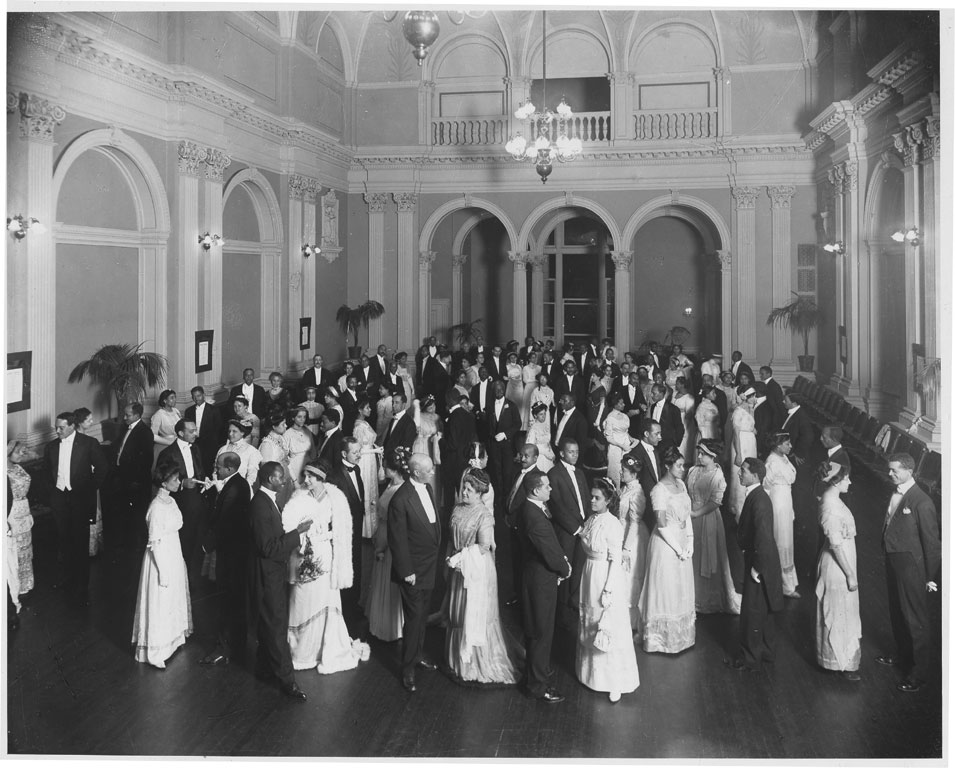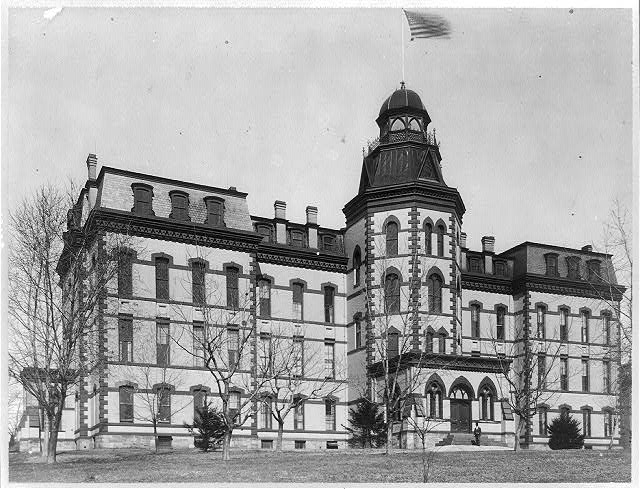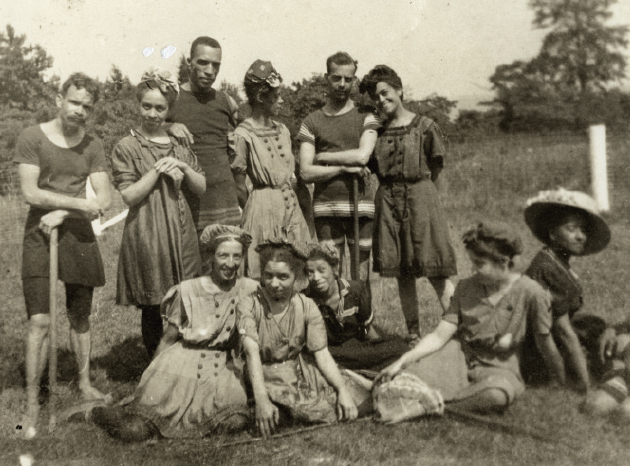
In 1908, William H. Bishop, Jr. invariably identified as “belonging to one of the oldest families in Maryland,” who was clerk in the Internal Revenue Service for thirty-five years, succeeded in pulling together the various rival factions in Baltimore’s black elite into a single organization, known as The Baltimore Assembly. Bishop served as its president and John C. Matthews as vice-president. The annual mid-winter balls and post-Lenten receptions held under the auspices of The Assembly offered abundant evidence of “gentility.” Indeed, in 1910 one black journalist insisted that the social affairs of the “better class of Afro-Americans” who made up The Assembly surpassed even those sponsored by people “who claim to belong to the ‘smart set’ of the white race.” In order to insure that The Assembly would remain genteel, its officers decreed in 1912 that the Bunny Hug, Turkey Trot, and Gavotte, dances in vogue with the “smart set” in other cities, would not be allowed at the mid-winter ball in Baltimore; the invitations that year included a card listing those dances considered appropriate.
— Aristocrats of Color: The Black Elite, 1880-1920 by Willard B. Gatewood




Wonderful portrait. I am looking for the book from which this picture was taken. Think I found it with Amazon. It is amazing there were Negros who could assemble in 1912 so well turned out. Thanks
Hi Kenneth,
It’s in “The Black Washingtonians: The Anacostia Museum Illustrated Chronology” or any book about Addison Scurlock’s photography. I highly recommend the Gatewood book I’ve excerpted, as well as Gerri Major’s “Black Society.”